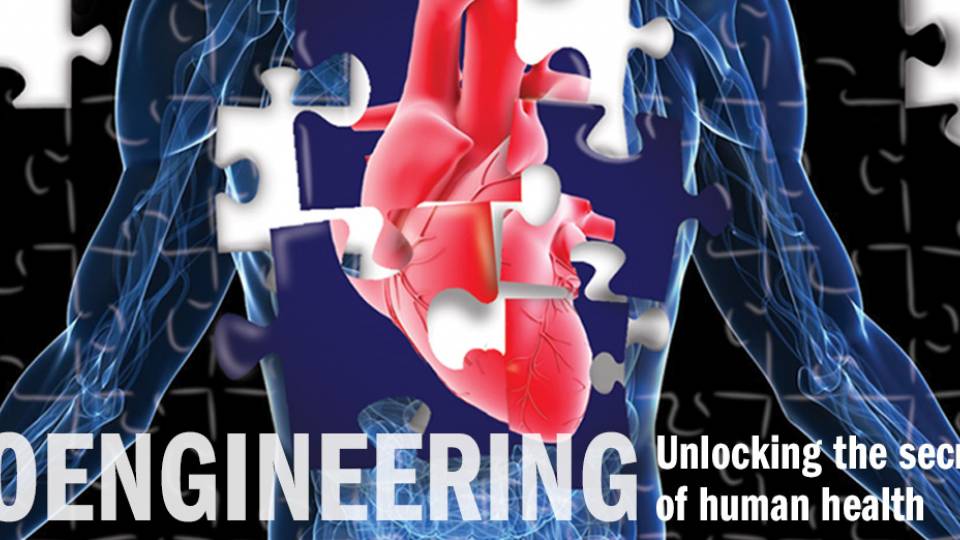Reflecting the growing intersection of biology and engineering, the Department of Chemical Engineering will change its name as of July 1, 2010, to the Department of Chemical and Biological Engineering.
"Adding 'biological' to our name makes a public statement," said Richard Register, who chairs the department. "It signals to the community -- especially prospective graduate students and faculty -- our commitment to leading in this area of great scientific and social importance."
The name change was formally approved at the Faculty Meeting on Dec. 7.
The field of chemical engineering has had longstanding ties to biology, Register noted. Fermentation processes, discovered millennia ago, became a modern tool for chemical production and most recently in making advanced biofuels. Chemical engineers pioneered the use of polymeric materials (plastics) for implantable medical devices and controlled drug delivery.
These connections have developed rapidly in the last decade, and now about a third of the department's faculty members focus a significant portion of their research on questions related to biology. Two senior faculty members, Christodoulos Floudas and Robert Prud'homme, have moved much of their research into biological engineering. Floudas collaborates with biologists to apply his expertise in optimization to the analysis and design of proteins. Prud'homme has leveraged his understanding of polymers and nanoscale processes to develop innovative drug-delivery technologies.
Associate Professor Stas Shvartsman holds a joint appointment with the Lewis-Sigler Institute for Integrative Genomics, where he applies the tools of engineering to the understanding of the process of early embryo development.
Register also noted that two of three recently recruited junior faculty members work in this area. Celeste Nelson studies tissue development, which may aid the understanding and control of cancer or lead to new types of regenerative medicine and tissue engineering. Jamie Link works on protein engineering, with potential applications in cancer treatment, antimicrobial drugs and other areas.
"These developments have also been reflected in our teaching, which has evolved considerably in recent years," said Register. Of the six "tracks" that chemical engineering undergraduates may choose, the "Bioengineering and Biotechnology" track has been the most popular. About half the students concentrating in chemical engineering also pursue the University's certificate in engineering biology, which was established by Prud'homme.
The growing links between engineering and biology extend beyond chemical engineering to all areas of the School of Engineering and Applied Science, said H. Vincent Poor, dean of engineering. "Every one of our six departments has faculty members engaged in work that ultimately aims to improve human health," Poor said. "The most inventive and effective solutions often come from unexpected interactions between disciplines. Expanding the visibility of chemical and biological engineering is an important step toward fostering such interactions."
Among many other examples throughout the school, electrical engineers work with neuroscientists to achieve better brain imaging techniques and work with medical specialists to develop laser-based disease detection. Mechanical and aerospace engineers collaborate with biologists to understand the movement and coordinated activity of whole organisms.
"We are looking forward to building even stronger bridges throughout the engineering school, the University and beyond," said Register. "This dynamic area of work will provide a great learning environment for our students and a powerful source of innovation and discovery."



